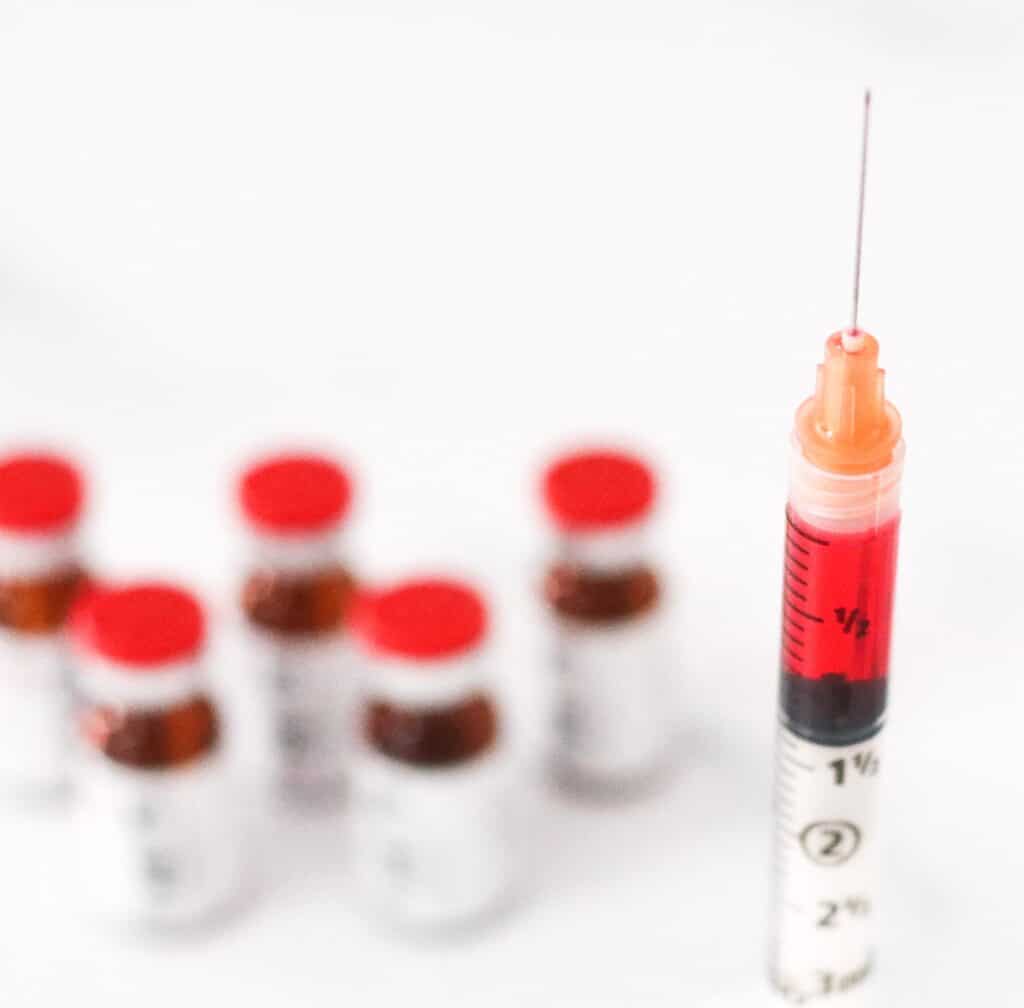Healthcare workers can reduce the risk of serious needlestick injuries and disease transmission by taking preventative measures.
In this piece, we’ll uncover various measures healthcare professionals can take to safeguard themselves from the harmful potential of needlestick injuries and uphold a safer working environment.
The All-important Safety Measures
Safety is no accident; it’s a conscious choice we make every day. Let’s delve into some specifics to reduce your vulnerability towards needlestick injuries.
1. Embrace Safety Needles & Sharps Containers
Prioritize safety needles designed to minimize skin penetration injuries when handling them. Additionally, make use of sharps containers, intended to safely discard used medical sharp instruments like needles.
2. No More Recapping
Recapping needles has historically been a significant cause behind needlestick injuries. As a golden rule, avoid this dangerous practice unless absolutely necessary and utilize applicable safety devices for this purpose.
3. Opt for Needleless Devices
With the progress of technology, explore options where needleless devices, such as spring-loaded syringes, could serve the purpose—further reducing the risk factor.
4. Proper Disposal
Don’t underestimate the importance of correct sharp disposal protocols. Always discard needles and other sharp instruments in puncture-resistant containers soon after their usage.
5. Insurance in Vaccination
Vaccines save lives. Do not overlook the importance of getting vaccinated against Hepatitis B, and Hepatitis C to add another layer of protection against possible infection.
Adding Another Layer of Safety
Further to these practical steps, here are more extensive guidelines to enhance your safety against needlestick injuries:
Stay Alert:
A keen awareness of your surroundings can go a long way in avoiding precarious situations involving needles.
Be Cautious:
Always exercise extreme caution while handling needles. Rushing and complacency can be detrimental to your safety.
No Hand Recapping:
As reiterated before, never recap needles manually. It just isn’t worth the risk.
Vaccination:
Protected healthcare personnel is a safer healthcare personnel. Hence, endorse vaccinations against Hepatitis B, and Hepatitis C.
Rapid Reporting:
In an unfortunate event where you incur a needlestick injury, promptly report it to your superior. Prompt actions will activate immediate post-exposure prophylaxis and the necessary follow-ups.
By implementing these recommendations, we can create safer healthcare environments, reducing the incidence of needlestick injuries and associated risks. However, it’s essential to remember that the prevention of needlestick injuries is a combined effort. We should all strive for continuous learning, adopting safety measures, and promoting their observance amongst our peers.
Remember, change begins with awareness and action. Here’s to a safer healthcare environment for all!



